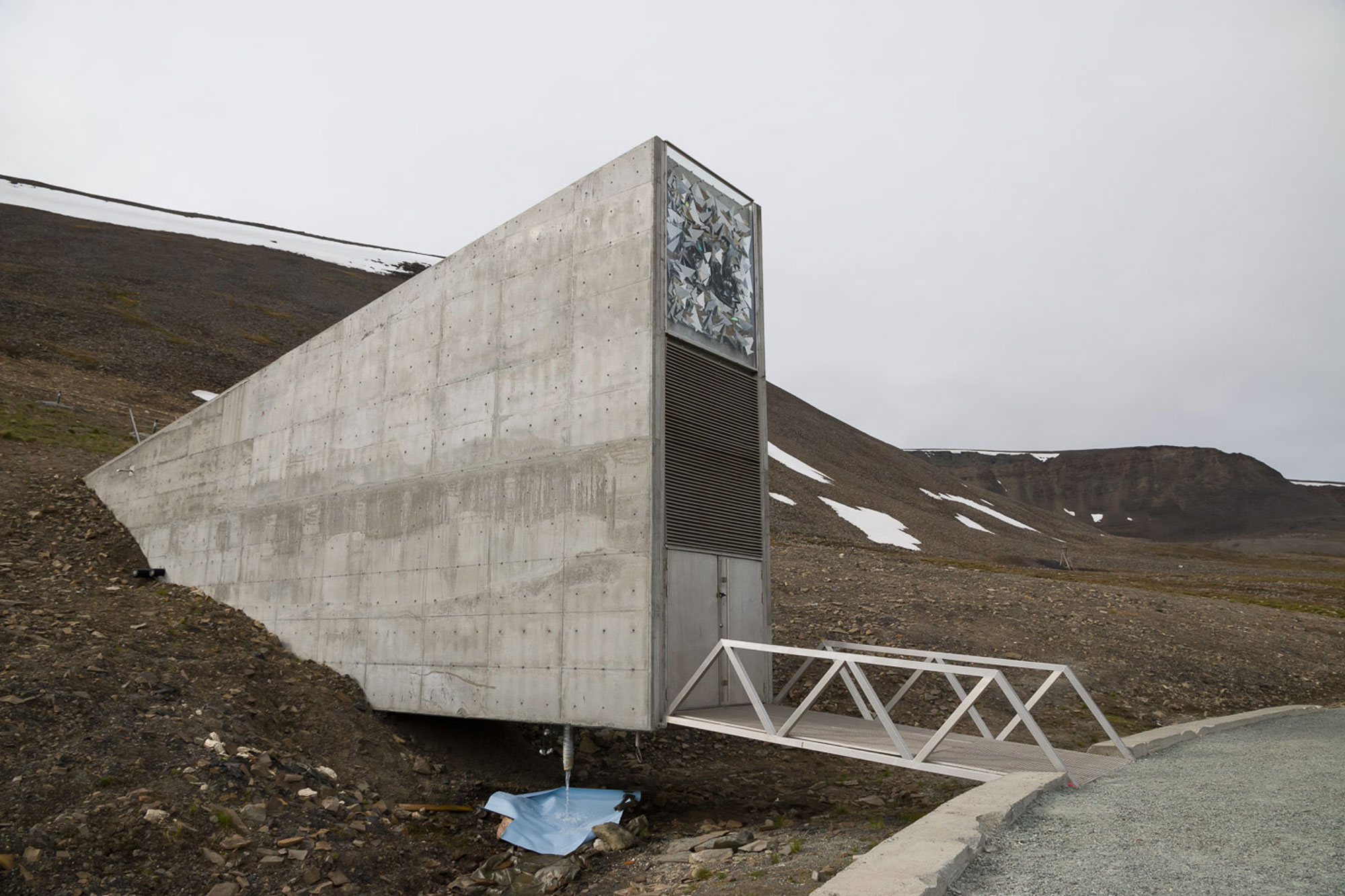

In fact, the Arctic is warming at more than twice the rate of lower latitudes, Since 1900, it's warmed by a whopping 6 degrees, the National Oceanic and Atmospheric Administration said. Insurance – n.Or so they thought: The Arctic has seen extraordinary, unprecedented warming over the past several decades, fueled by man-made climate change. to make someone or something safe or secure a machine or part of a machine or system that has a particular use a passage that goes under the ground or through a hillĬonstruction – n. located or occurring below the surface of the earth a small amount of something that gives you information about the thing it was taken from a locked room where money or valuable things are kept What other major plans do you think the world’s governments should make to prepare for huge disasters? Write to us in the Comments Section or on our Facebook page. Pete Musto adapted this story for VOA Learning English using Reuters news reports and other materials. The seeds were re-grown and returned to the Svalbard vault last year.ĭale said such efforts show “that the seed vault is a worldwide insurance for food supply for future generations.” Those sites were set up to protect materials from an important seed bank in Aleppo, Syria, which was damaged by violence from the country’s civil war. In 2015, researchers took out seeds from the vault to help build seed collections in Lebanon and Morocco. The Svalbard vault acts as a backup to many of the world’s seed banks. “It is a great and important task to safeguard all the genetic material that is crucial to global food security,” he said. He said they will help the vault continue to be a secure storage area. Jon Georg Dale is Norway’s minister of agriculture and food. In this photo taken Sunday, Oct.18, 2015, rows of boxes containing seed samples sit inside the Global Seed Vault in Svalbard, Norway. They also include construction of a service building for emergency power and cooling units and electrical equipment that might send heat through the tunnel. Norway’s Agriculture Ministry said improvements to the vault will include a new entry tunnel. However, the event raised concerns about the need to better protect the samples. Officials said the seeds were never in danger. This caused water to flow into the entrance of the vault tunnel. It makes for excellent underground cold storage.īut in late 2016, the permafrost began to unexpectedly melt. Svalbard was chosen as the site of the seed bank, in part, because of the area’s permafrost – a thick layer of soil that stays frozen throughout the year. The samples are buried deep below a mountain. The vault is located on an island about 1,000 kilometers from the North Pole.

It has the ability to hold about 2.5 billion seeds in total. The vault received its one-millionth seed sample on February 26, its 10 th anniversary. It holds seed varieties of crops from around the world, including corn, rice and grains. The vault serves as a natural deep freeze, and is meant to protect important genetic material in case of a major man-made or natural disaster. The Norwegian government built the Svalbard Global Seed Vault in 2008 to store seed samples of the world’s crops and plants. Norway has announced it will spend 100 million Norwegian crowns, or $13 million, to make improvements to a special seed vault in the Arctic.


 0 kommentar(er)
0 kommentar(er)
